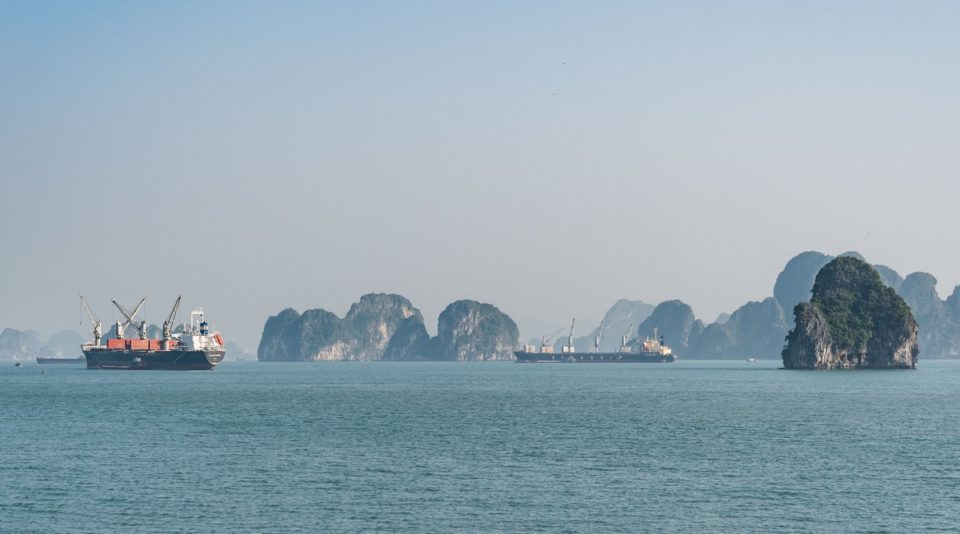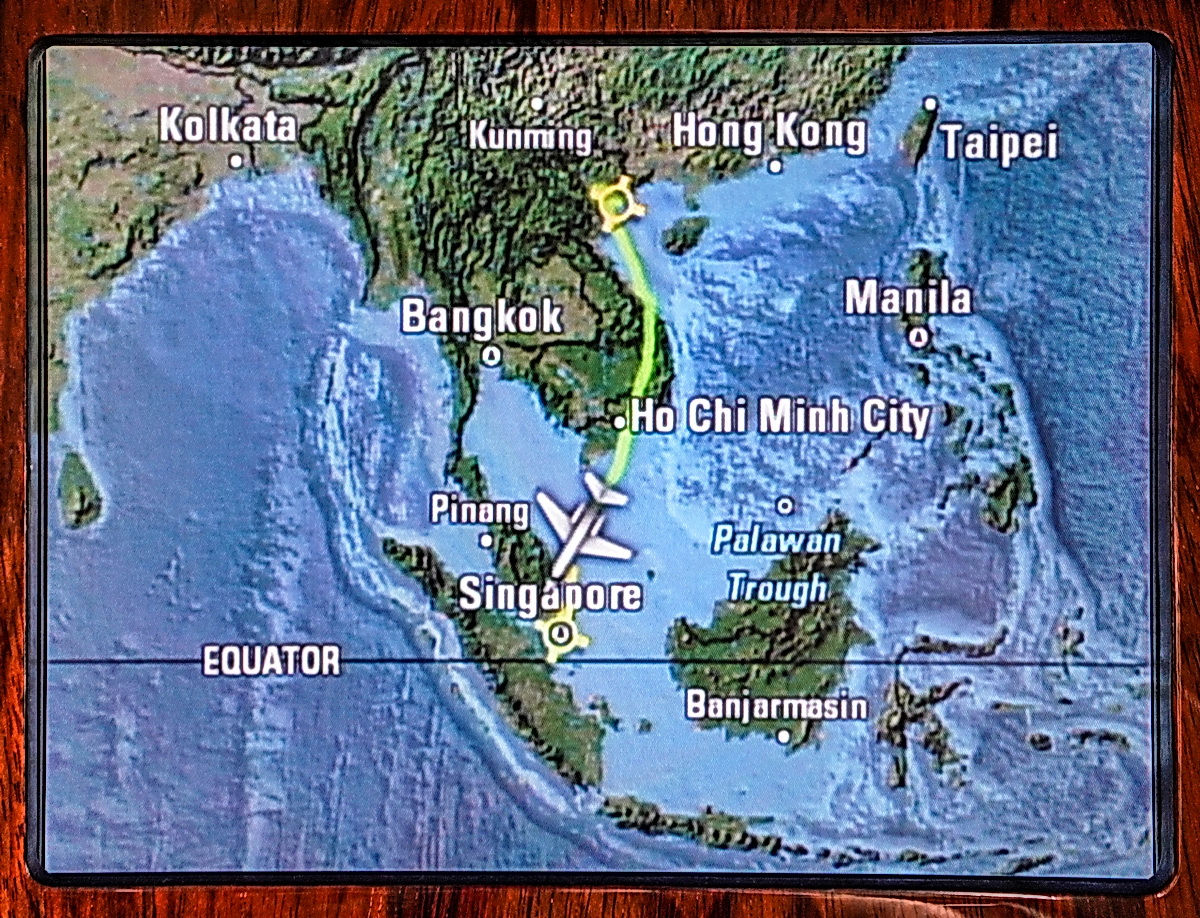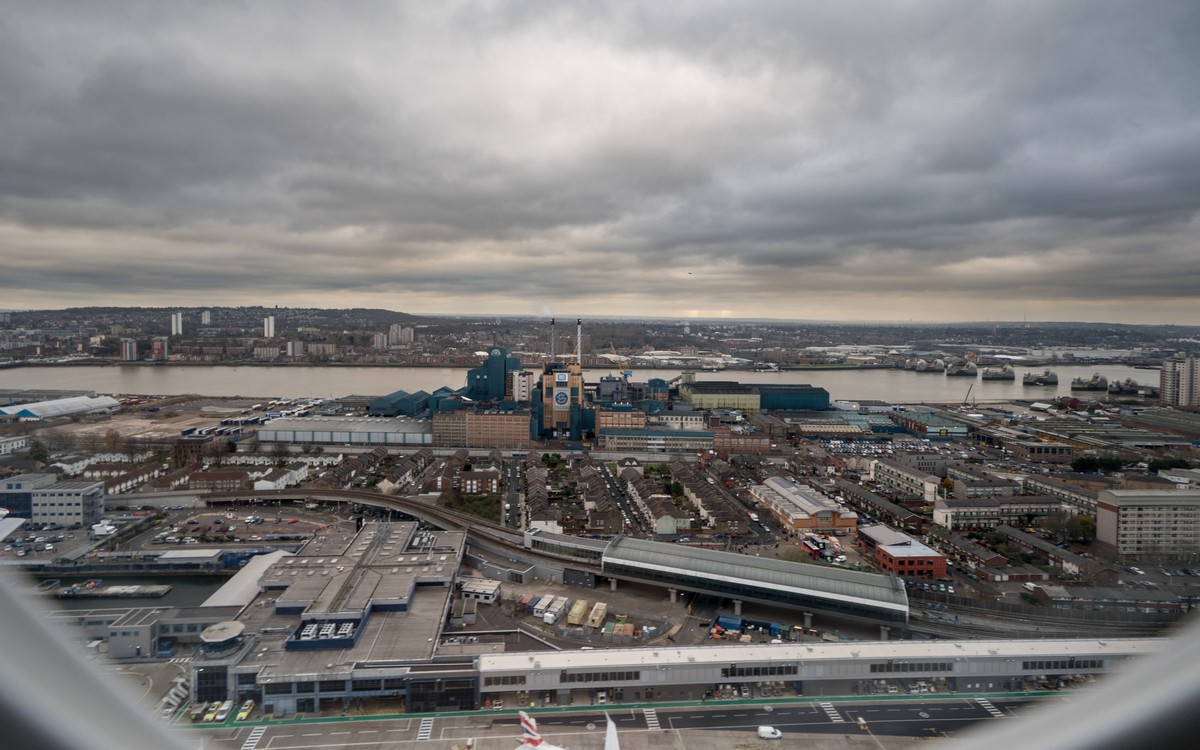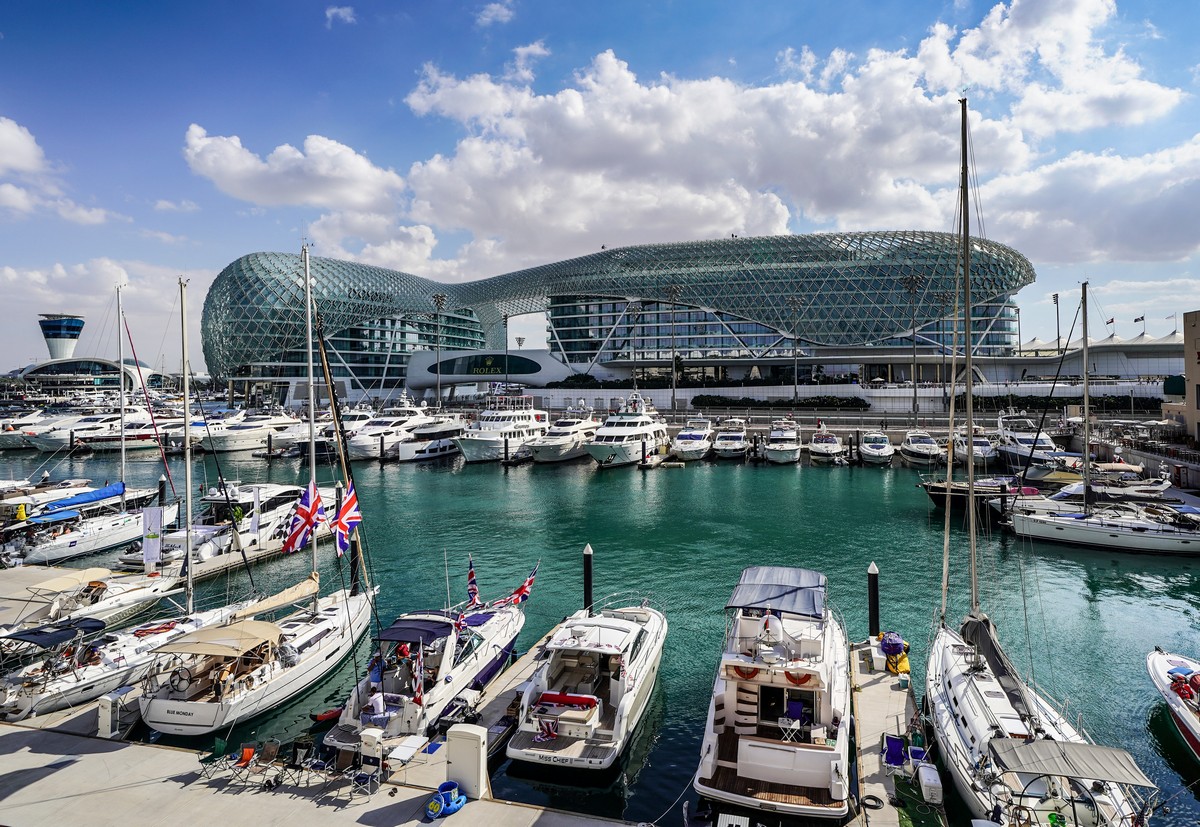December 29, 2017
The best city in the world.
Singapore is a fantastic city – and that goes for its economy, architecture and transportation system. It’s hard to believe, but there’s almost no such thing as traffic jams here! There are loads of tunnels though. You can even drive across half the island underground.
Singapore is especially good in December. In winter here, it’s just hot – not the usual for this part of the world. You still get wet here in December, but not soaking wet like in other seasons. Singapore is located on the equator, in the humid tropics. In all seasons other than winter, you end up completely soaked – every part of your body and everything you’re wearing (if in a suit on your way to a formal business meeting, it’s best to make multiple stops in climate-controlled areas or, even better, use the underground metro walkways). After a while your consciousness takes a hit because of all the humidity you’ve inhaled… and that’s the end of it.
Despite all that, Singapore is the most delightful city in the world, according to my measurements and calculations. Singapore is no. 1. That’s right.
The prices are also fantastic; cars are particularly expensive because of the high import duties. The laws are pretty draconian too, which gave rise to the joke “Singapore is a fine city”. Also, the connoisseurs of modern democracy occasionally badmouth Singapore for not always being ‘democratic’. But it works. I’ve seen some sociological research that found that the residents of Singapore are the happiest in the world. And there’s a queue of those who’d like to get permanent residency, but the quotas are very strict.
On top of all that, Singapore is fabulously beautiful. No matter where or what time of day it is, this place is just beautiful – you can be hypnotized by it and contemplate it forever.
Read on…
















































